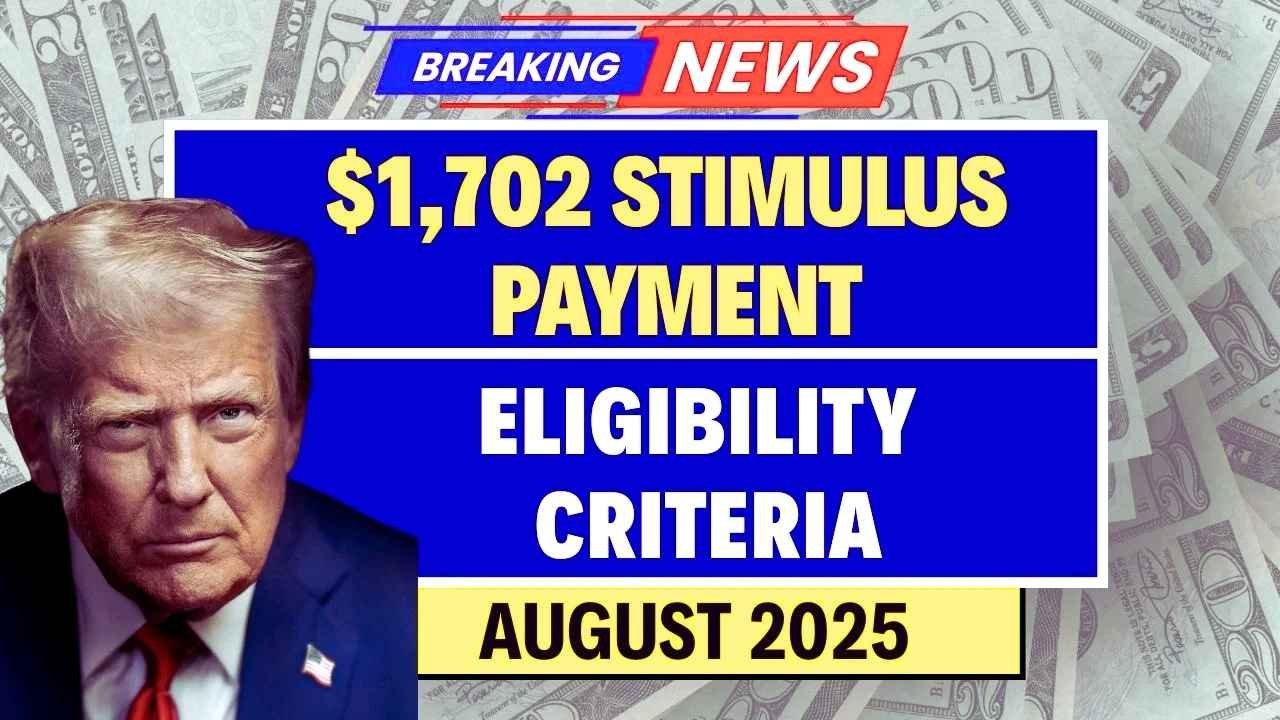Many folks in Alaska are buzzing with excitement as the state gears up to send out a nice chunk of cash this month. The $1,702 payment is part of the Permanent Fund Dividend program, often called a stimulus check because it helps people with everyday costs like groceries and bills. This year, thousands of eligible residents will see the money land in their banks or mailboxes, bringing some welcome relief amid rising prices. Officials say the payouts are based on oil money the state earns, and they’re making sure everyone who qualifies gets their share without hassle. With the current date being August 17, 2025, some payments have already started rolling out, and more are on the way.
What Is This $1,702 Payment All About?
This isn’t a federal stimulus like during the pandemic; it’s Alaska’s way of sharing its natural resource wealth with residents. The Permanent Fund Dividend, or PFD, has been around for decades and gives money back to people who live in the state full-time. For 2025, the amount is set at $1,702 per person, up a bit from last year thanks to strong oil revenues. It’s like a bonus for calling Alaska home, and it can really help families stretch their budgets. The state department handling this says the goal is to boost the economy and support locals, especially in tough times.
Who Can Get the Money?
Not just anyone can grab this payment – you have to meet a few basic rules. First, you need to have lived in Alaska for the entire previous calendar year without long absences. Second, you can’t have claimed residency in another state during that time. Third, you must intend to stay in Alaska indefinitely. Kids and adults both qualify if they fit these, and even families can get payments for each member. Applications are key, and if you missed the March 31 deadline for 2025, you might still get in for future years. The state reviews everything to make sure it’s fair.
Full Payment Schedule Revealed
The payouts happen in batches throughout the year, mostly for folks whose applications were approved but not yet paid. Here’s a quick look at the key dates around August and beyond:
| Group | Payment Date | Notes |
|---|---|---|
| Eligible-Not Paid by August 13, 2025 (2024 and prior apps) | August 21, 2025 | Includes direct deposit and checks |
| First mass payment for 2025 apps | October 2, 2025 | Main batch for online filers with bank info |
| Second mass payment for 2025 apps | October 23, 2025 | Covers all remaining eligible folks |
These dates come straight from the state’s updates, so mark your calendar if you’re waiting. If your status is “Eligible-Not Paid,” check online to see when yours drops.
How to Claim Your Share Easily
Claiming is straightforward – most people apply online through the myPFD portal on the state’s website. If you filed before and have direct deposit set up, the money comes automatically. For new folks or changes, log in with your myAlaska account, update your address or bank details by August 31 to avoid delays. You can also mail forms if you prefer paper. The division is busy right now, so they might not answer phones from August 4 to 15, but you can still send stuff by email or fax. Once approved, sit back and wait for the deposit – no extra steps needed.
Key Tips to Avoid Missing Out
Keep an eye on your application status online to catch any issues early. Watch out for scams, like fake texts asking for passwords – the state never does that. If you’re moving, update your info quick to get the payment where you are. This program helps a lot of Alaskans, from seniors to young families, so don’t let small mistakes trip you up. With everything revealed now, it’s easier than ever to get what you’re owed.
FAQs
When exactly will my $1,702 payment arrive?
It depends on your application status and birth date for some groups, but check the schedule above – many see it in late August or October.
Is the $1,702 for everyone in the U.S.?
No, this is just for Alaska residents who meet the rules; other states have their own programs, but nothing nationwide right now.
What if I didn’t apply yet?
The 2025 deadline passed in March, but you can apply next year starting January 1 – better late than never for future payouts.
